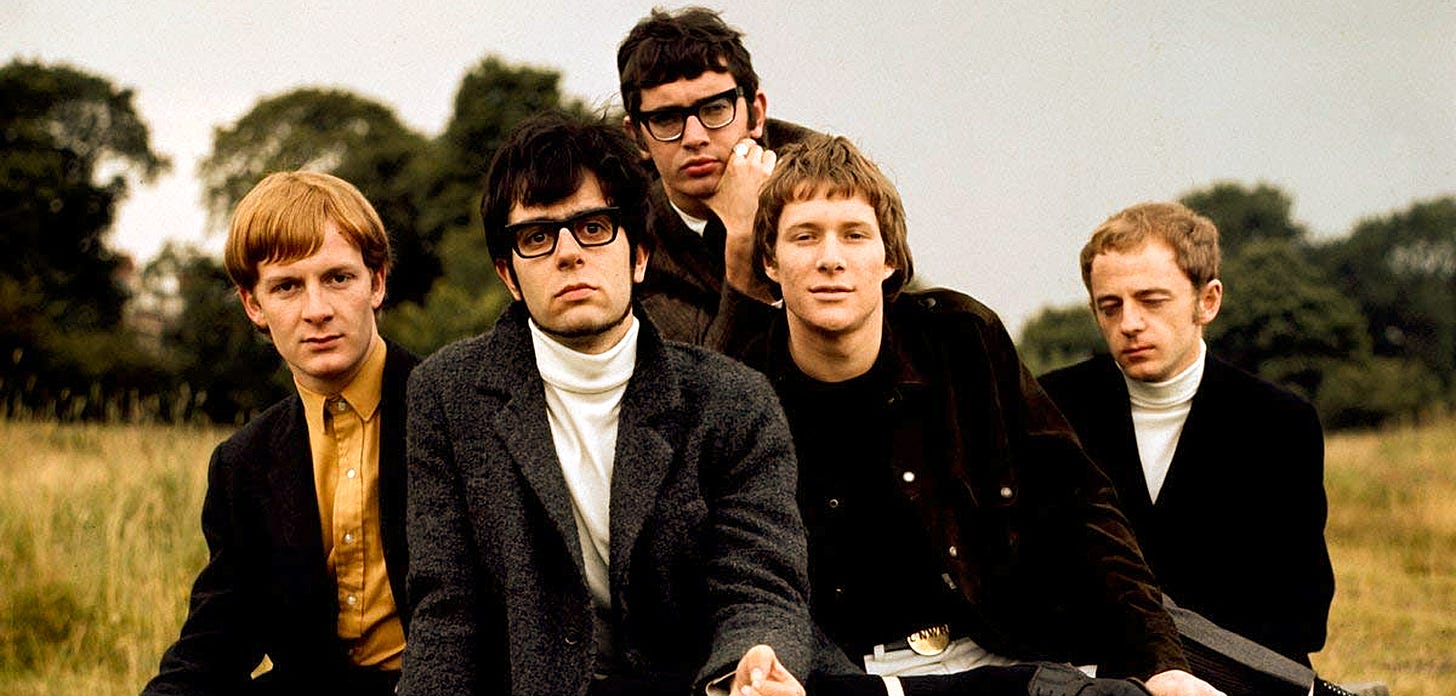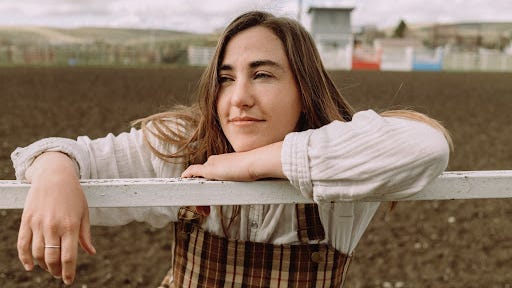I was twelve years old when I first realised that I liked music, that music did something to me, that it made me feel something. These were vague thoughts then, and they’re not much clearer now. Music makes me feel things: that’s what all of this boils down to in the end.
The question, though, when you’re twelve and you think you might like music, is what to do about it. How do you figure out what music you’ll most enjoy? How do you cultivate preferences and tastes?
Today, that problem is likely magnified by an excess of choice. Where do you start when all the world’s music is at your fingertips? For me though, in the early 1990s, the problem was the other way around. Not too much choice, but too little.
There were CDs and tapes at home. Records, too. A few belonged to my mother, and a few more to her partner. But I don’t remember them being played very often. My father, on the other hand, had a lot of music, but he lived at the other end of the country.
When it comes to matters of musical taste, anyway, what twelve-year-old wants to ask their parents?
The only thing I was sure of was that it wasn’t modern music I was after: Top of the Pops just wasn’t doing it. I knew about The Beatles. I’d heard a song or two, and I thought they might appeal to me. But I didn’t know what that meant.
At some point, I must have mentioned this frustration to one of the women who worked in our school at break-times, watching over us while our teachers chain-smoked in the staffroom. I told her that I liked old music, maybe from the sixties, but that I didn’t know where to find any or what it might be called. The next day she arrived with two records in a plastic bag: the greatest hits of The Searchers and Manfred Mann.
As musical educations go, I guess I could have asked for a more auspicious start. But beggars can’t be choosers, as they say, and I was definitely begging. I took the records home and I listened.
Most of what I heard, I’ve not remembered. There was ‘Needles and Pins’, of course, and ‘Sweets for my Sweet’, which were catchy enough. But The Searchers, it turned out, just weren’t quite what I was searching for. Manfred Mann, on the other hand, offered a mixed bag of material. There were some Bob Dylan covers in there (which would ultimately send me in the direction I opted to follow). But those weren’t the only songs I enjoyed. It’s hard to resist a ditty like 5-4-3-2-1, for instance, even now. It’s just so full of energy.
And then there’s the band’s most famous song, a song that everybody knows, even if they have no recollection of having heard it before. Maybe even if they haven’t heard it before. Did it sound this familiar, I wonder, when it was first released? Or has it wormed its way over the decades into the collective subconscious? How does a song do that? What weird magic is at work?
Listening to it again, now, several things strike me. First is what a great singer Paul Jones was (and still is, perhaps). There’s so much character to his voice, and real punch. There’s just enough rasp to it, as well, to stop the song from becoming sickly sweet.
The second thing that strikes me is how much space there is. The instruments dive in right at the start, then immediately stop, so the first line is sung alone: ‘There she was just walkin’ down the street’. The second half of the verse, with its call-and-response structure, features only vocals and drums. And even when the band is all there, what dominates the sound is the organ, which plays a simple rhythm, very close to the syllabic structure of the first line. Da-da-da-dada-daa-daa-da.
That rhythm is what catches you. It’s what you remember most about the song. The words, such as they are, don’t matter much. In that sense, it’s like a nursery rhyme. Think of ‘Hickory dickory dock’ or ‘Half a pound of tuppeny rice’. Children don’t need to know what these words mean (and sometimes the words don’t mean anything at all). What children grab onto – and not just children, clearly – is a simple and distinctive pattern of beats that is repeated over and over. Da-da-da-dada-daa-daa-da.
‘Do Wah Diddy Diddy’ was written by Ellie Greenwich and Jeff Barry, who, among countless other hits, also wrote ‘Da Do Ron Ron’, so they knew what they were doing when it came to meaningless rhythmical hooks.
Both of these songs follow the same narrative pattern: boy meets girl, or vice versa, and things go very well indeed. It’s soppy stuff, really. Young love and all that. Hearing this song for the first time, aged twelve – almost thirty years after it was released – it wasn’t the story that stuck. It was the rhythm. That clutch of beats is imprinted now in my brain like love hearts and initials carved into a tree.
Da-da-da-dada-daa-daa-da.
One more thing . . .
Earlier this year, I stumbled across Margo Cilker’s brilliant debut album Pohoryville (2021), and for weeks I listened to almost nothing else. There’s such warmth and wit to those songs, and a sound that really stands out in the Americana crowd. This month, the follow-up, Valley of Heart’s Delight, was released, and I reviewed the album for For Folk’s Sake. This rather beautiful live version of ‘With the Middle’ is a great place to start listening
.









I had five siblings, most of whom were in their teens when I was born, and going through them as I went through primary school. So I grew up hearing stuff like Neil Young, the Doobie Brothers, Don McLean, America, The Beatles, and The Monkees. I recently rediscovered an obscure album that belonged to one of my siblings. All I could remember about it was that it was about the plight of Native Americans and that I loved the music. I Googled something like "album american indian 70s" and found it. It's called "Plight of the Redman" by Xit, who, incidentally, are still around. Amazingly, it's on Spotify. Have a listen.